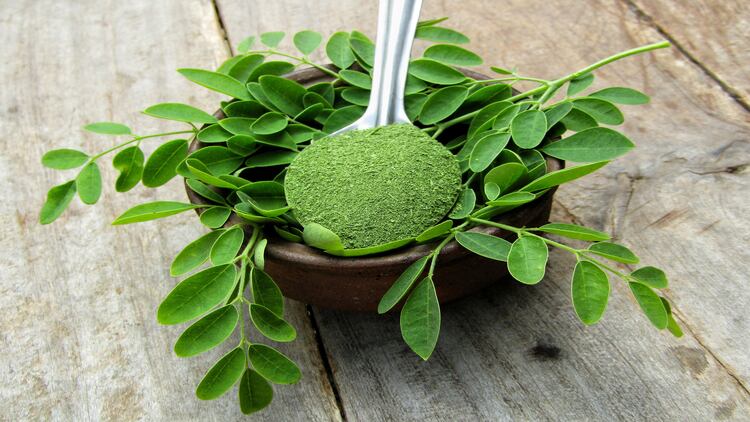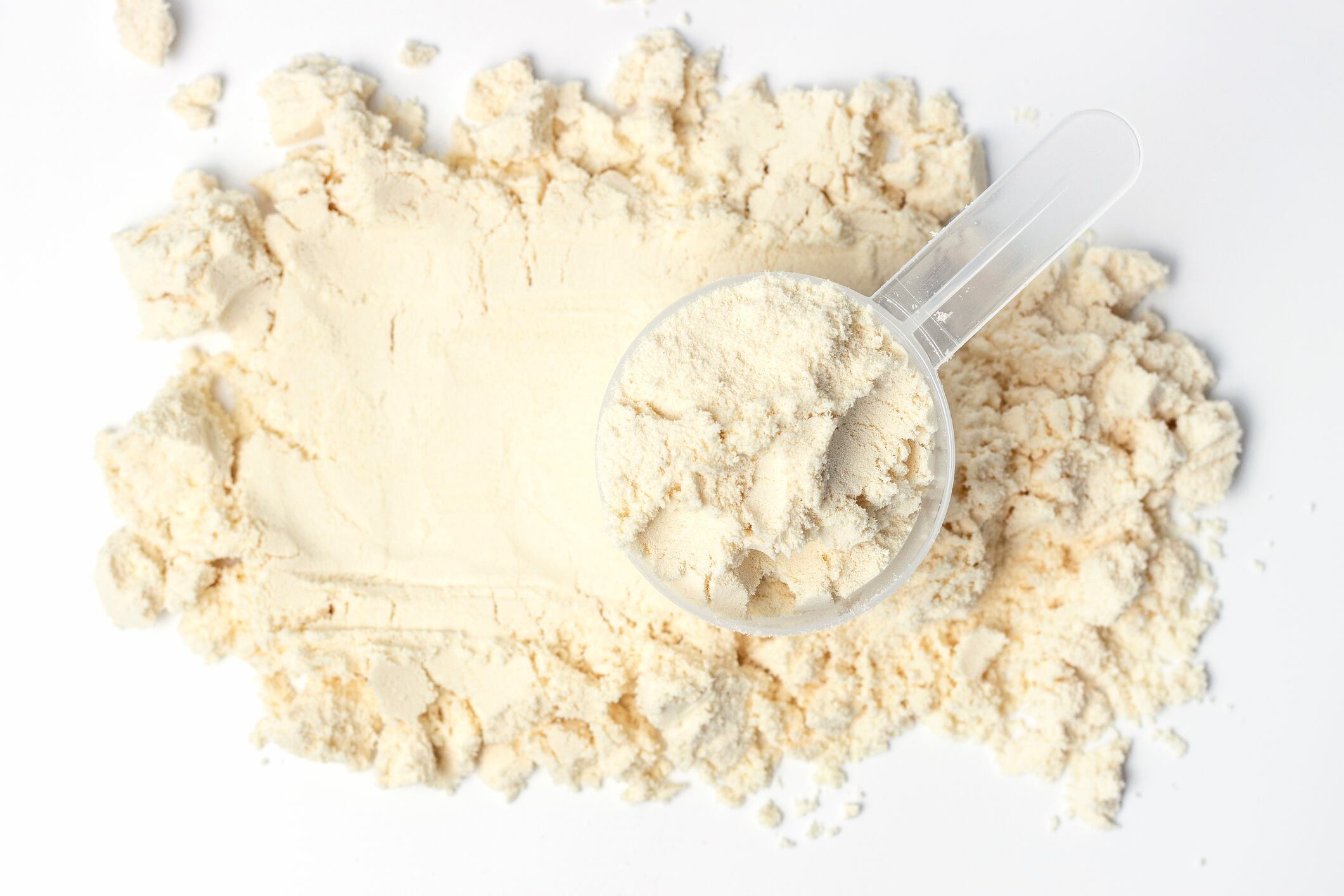The leaves have been widely used as nutrients and nutraceuticals in recent years and contain a small amount of anti-nutritional factors and are abundant in innumerable bioactive compounds including carbohydrates, phenolic compounds, oils and fatty acids, proteins and functional peptides.
The review partly focuses on the growing interest in using moringa as a value-added ingredient in the development of functional foods but says that despite substantial study into identifying and measuring these beneficial components – bio accessibility and bioavailability studies are still lacking. The researchers looked in detail at new scientific data on the leaves containing nutrient and bioactive profiles, bioavailability, health benefits, and uses in various food items.
Potent protection against diseases
They wrote: “Moringa has been extensively used as a health-promoting food additive because of its potent protection against various diseases and the widespread presence of environmental toxins. More research is needed for utilisation as well as to study medicinal effects and bio-accessibility of these leaves for development of various drugs and functional foods.”
Studies have shown that Moringa oleifera is used in different ways particularly when western medicine isn't always accessible. As an example in India it is used to treat conjunctivitis and to remove intestinal worms as well as improving the milk production of pregnant and lactating mothers and to treat anemia. Diabetic patients can also use moringa leaf juice to control blood pressure and blood glucose levels.
“Moringa leaves are a suitable option in developing nations looking for quality health services that offer inexpensive and easily accessible treatment in places not accessible to Western medicine. The proper dietary consumption knowledge by medical science experts helps in slowing the growth of many diseases, the researchers said.
As well as focusing on existing knowledge on Moringa oleifera leaves’ nutritional content and composition of bioactive compounds, their bio-accessibility, and health-promoting effects, the review also enabled researchers to broaden their research and explore moringa leaves as functional foods in various food products.
The leaves can provide anti-diabetic, antibacterial, anti-cancer, and anti-inflammatory properties. This is due to the high content of phytochemicals, carotenoids and glucosinolates is responsible for most of these activities as reported in the literature studied as part of this review.
It was reported that the leaves contain 16-19 amino acids, ten of which are essential. The calorific value is low and therefore it can be used by obese people. Moringa contains four times the amount of calcium and twice as much digestible protein than milk and can be used as calcium and protein supplements. They are rich in minerals such as potassium, zinc, magnesium, iron and copper. Iron tablets can be replaced with moringa powder to treat anaemia. The amount of iron in beef and leaf powder is two milligrams (mg) and 28 mg respectively more than spinach.
Important source of micronutrients
The review concluded that moringa leaves are recognised as important sources of micronutrients and phytochemicals that can be used for the development of nutraceuticals and functional foods.The leaves contain key phytochemicals that make the plant an essential therapeutic agent with properties such as an antioxidant, anti-cancerous, antimicrobial, antidiabetic and anti-inflammatory properties.
The authors said: “The dietary applications make this plant an important candidate for the development of major food products based on Moringa oleifera leaves, providing high nutritional value with acceptable sensory properties when used in up to 10% in most food products.”
They found the food products based on the leaves showed more protein, dietary fibres, other nutrients and important antioxidants and that consumption of it within specific doses was found to be safe.
In further conclusion moringa leaves are emerging as a prospective ingredient for developing food products that are nutritionally rich and therapeutically active.
The researchers said more clinical trials on the medicinal effects of the leaves are needed to further assess their safety for human consumption and that they need to extend their work on moringa’s polyphenols’ bioavailability and how complexing these polyphenols with other compounds will affect their bio-accessibility.
Source: MDPI
Published: doi.org/10.3390/antiox11020402
'Recent Advances in Drumstick (Moringa oleifera) Leaves Bioactive Compounds: Composition, Health Benefits, Bioaccessibility, and Dietary Applications'
Authors: Piyush Kashyap et al





